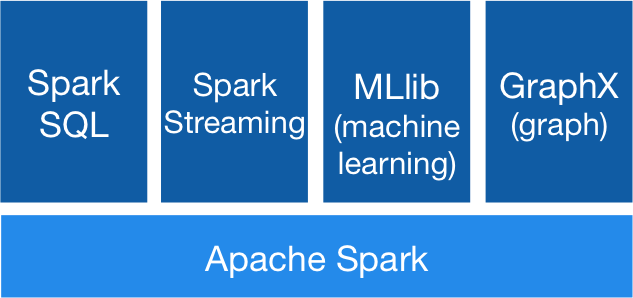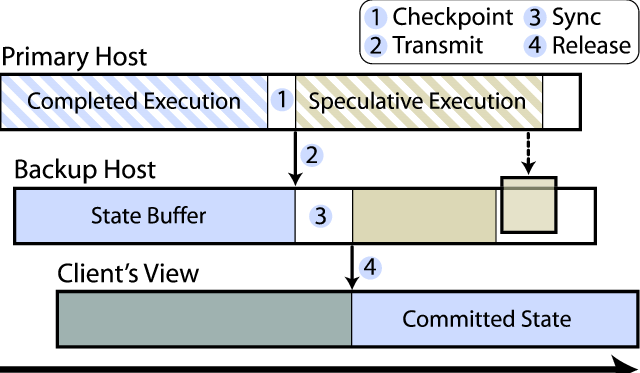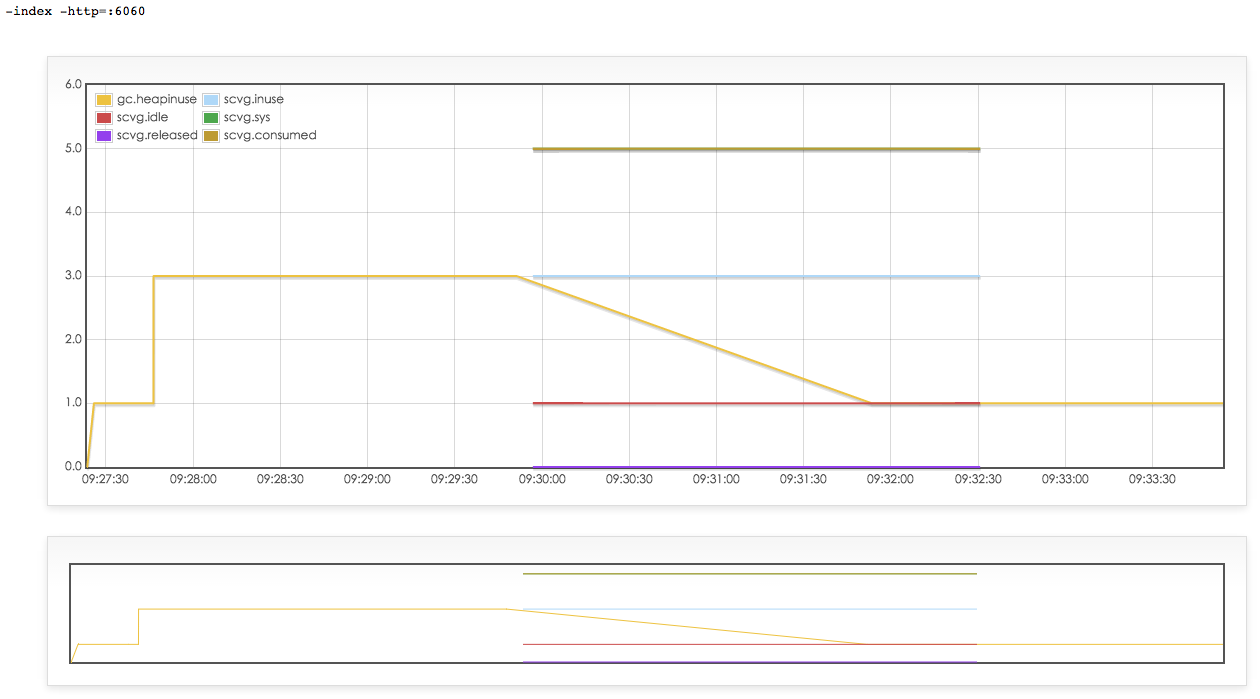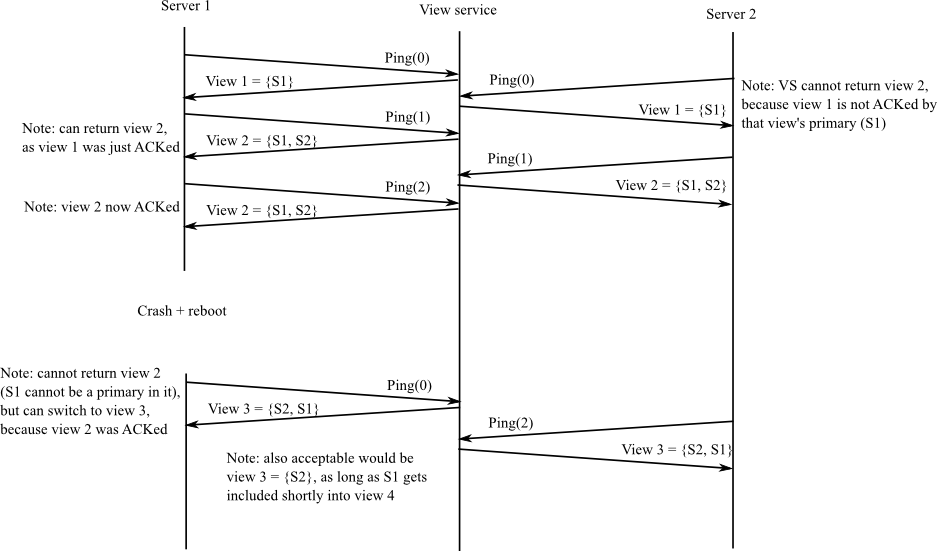[MOOCS:edx]BerkeleyX CS100.1x- Introduction to Big Data with Apache Spark (三)

前言
剩下兩週了,不過家中寶貝誕生.必須要把時間做更好的調配,才能完成這個課程.
相關文章
edx 課程網址在這裡 https://www.edx.org/course/introduction-big-data-apache-spark-uc-berkeleyx-cs100-1x
- [MOOCS:edx]BerkeleyX CS100.1x- Introduction to Big Data with Apache Spark (一)
- [MOOCS:edx]BerkeleyX CS100.1x- Introduction to Big Data with Apache Spark (二)
- [MOOCS:edx]BerkeleyX CS100.1x- Introduction to Big Data with Apache Spark (三)
- [MOOCS:edx]BerkeleyX CS100.1x- Introduction to Big Data with Apache Spark (四)
Lecture 7 Data Management
- Data Clean: Deal with:
- Missing Data
- Entity Resolution
- Unit mismatch
- 對於現實世界中數值可能出現的Dirty Data分為以下各種:
- 失真(distortion): 當發現在連續作業中的某段資料不見的時候.
- 選擇性偏差(Selection Bias):由於樣本的選擇不同,所以得到差異相當大的數值.比如說訪問政黨傾向不同得民眾.這裡有更詳細資料.
- Left and Right Censorship: 由於樣本不斷地來來去去,不能知道樣本是否有跑完所有採樣流程.
- 相依的(Denpendence): 每個樣本應該是比次獨立,但是有一些沒有而造成資料的偏差.
- Data Gathering的重要性:
- 資料在取得的時候存在許多發生錯誤的可能性,比如說硬體或軟體的問題或是欄位的問題..等等 若是能在取得資料的時候做一定程度的驗證,可以讓資料精確度更高.
- 其他名詞解釋:
- Big rot: 資料超過一定時間的沒有數值跟精準度.
- Data Delivery可能發生的問題與解決方式:
- 資料遺失或是毀損:
- 透過可信賴的傳輸方式或是透過Relay,也可以增加checksum來增加資料傳遞的可信任程度.
- 資料來源的相依性與可信任程度:
- 必須跟資料提供者有相當程度協調與協議.
- 資料遺失或是毀損:
Lecture 8 Exploratory Data Analysis and Machine Learning
- 敘述性統計(Descriptice Statistics): 透過統計數量來對事件作敘述,比如說,本班的成績平均.
-
推論性統計(Inferencial Statistics): 透過收集到的統計數字,對事件作一定的推論.比如說,選前問卷調查.
- 探索性數據分析(Explortory Data Analysis): 透過先行的探索來進行數據的分析,進行的活動可能有以下數種:
- Visualizing the data distributions
- Calculating summary statistics for the data
- Examining the distributions of the data
- Rhine Paradox: 找了一千個人來猜連續十張為藍色或紅色的卡片.進而判斷出不能告訴超能力的人他有超能力的心理分析結果.
- Rhine’s Error: 但是真正的錯誤是,由於要猜測10張完全顏色一樣的機率為1 / 2^10 =>(1/1024) 也就是說一千個人要猜對一次也不到1個.其實要講解的是對於數據的不清楚造成錯誤的結論.
- Spark Machine Learning Toolkit(mllib): 提供許多功能比如說分類與回歸分析或是一些數值分析的工具.
Lab3
這次的Lab3更加深難度的要讓我們學習Text Analysis 跟 Entity Resolution並且有提到“詞袋模型”(Bag-of-words model),裡面有幾個比較需要注意的地方:
關於 python dictionary 的 lambda:
這次比較困擾我的,其實是Python 的dict lambda
//建立一個新的map,其結果是 key in MapA value 是 MapA[key]+ MapB[key]
newDict = dict()
for k in MapA:
newDict[k] = MapA[k] + MapB[k]
//可以用Lambda表示
newDict = {k: MapA[k]+MapB[k] for k in MapA}
很多題目都只有給一個
關於一些Apache Spark查詢的優化方式:
由於不少人的查詢方式有點慢,造成auto-grader 發生錯誤,於是學校方面發了一些聲明來指導大家正確的使用他:
-
關於找出最大的幾個數值的部分:
#不要使用python的方式來排序, for i in vendorRDD.collect(): measure len() to find biggest X #使用spark的action來找,放在記憶體跑會比較快., vendorRDD.takeOrdered(helper function) -
關於聯集合的部分:
#不要使用python的集合合併 unionRDD = sc.parallelize(A.collect()+B.collect()) #直接使用 union A.union(B) -
關於加總的部分
#使用python的list家總是比較慢的. sum = sum(RDD.collect()) #直接使用spark action裡面的加總 RDD.sum()
心得
關於“詞袋模型”(Bag-of-words model),一開始真的完全搞不懂這是在幹嘛.不過透過一步步地完成每一個小函式,最後組成完整的功能.也慢慢了解這個的原理.
這次由於中間卡著家中小寶貝的誕生,所以整個作業無法順利的全部做完.只能先把3/4的作業先弄完了. 不過這次的作業題目有夠難懂,主要時間都花在了解題目與思考提到到底要我們完成什麼.
最後,其實這週的lab3課程相當有趣,每個練習的排練方式也有提到一些些的原理.整個課程安排方式讓我回想到學習Scala的時候的學習脈絡,這大概也是學習FP的好處吧.






